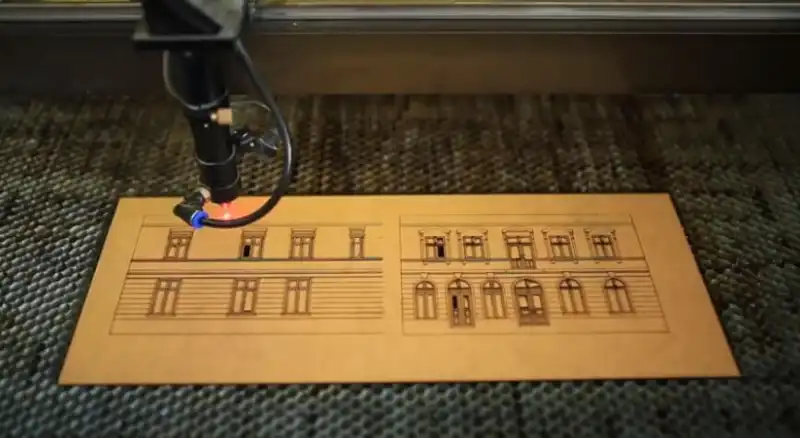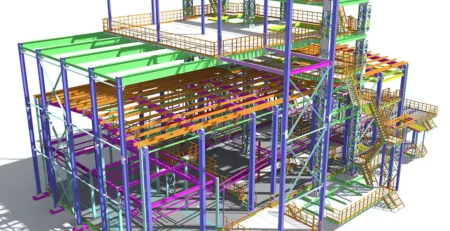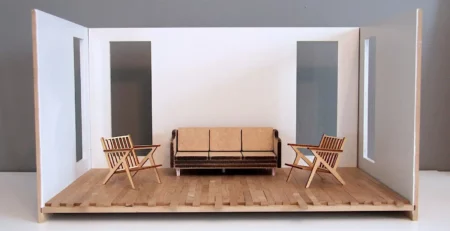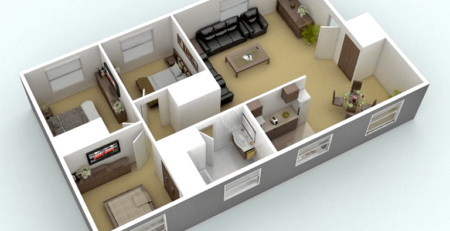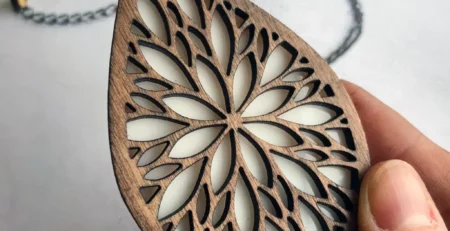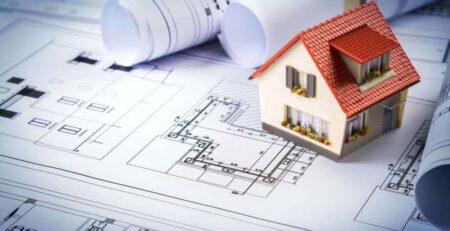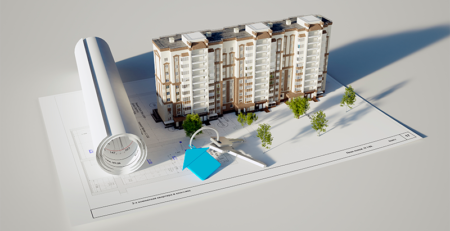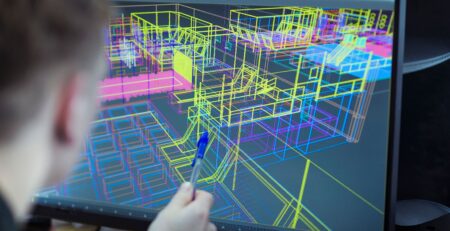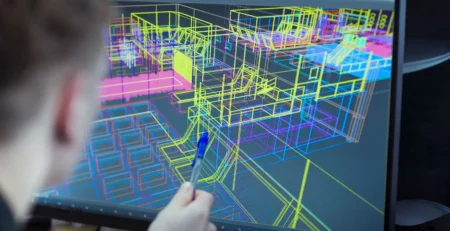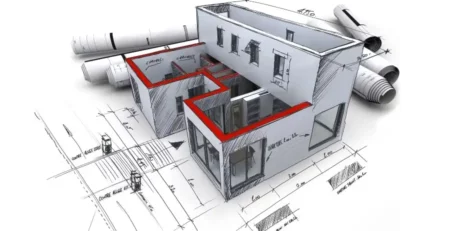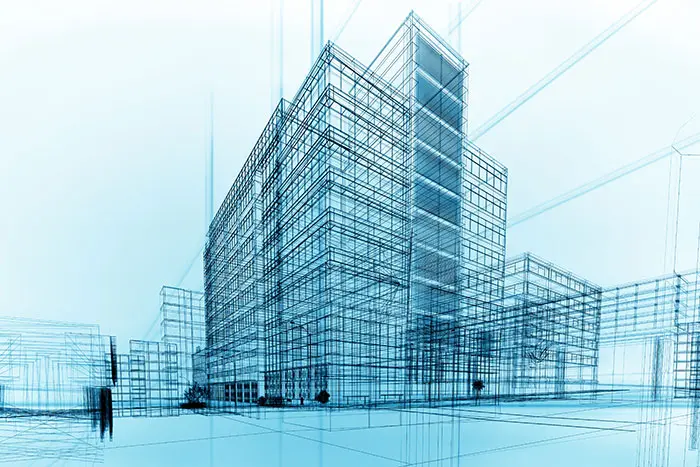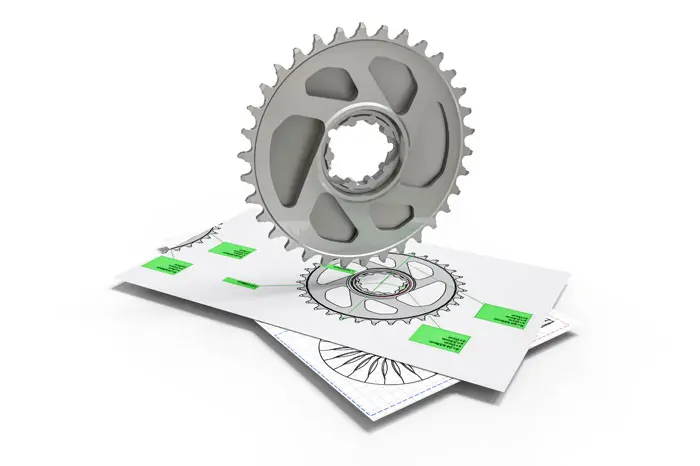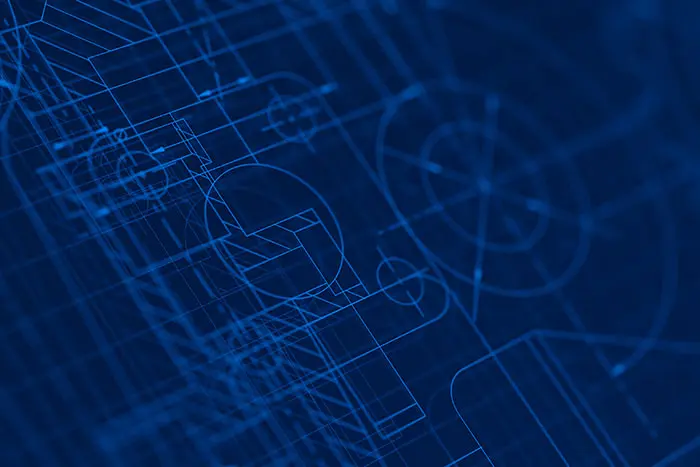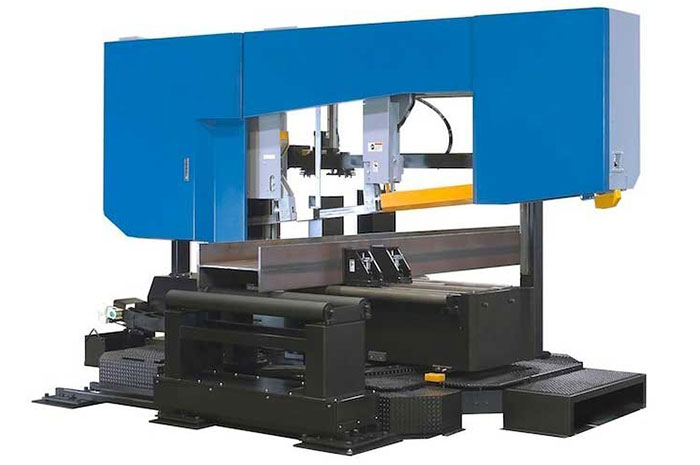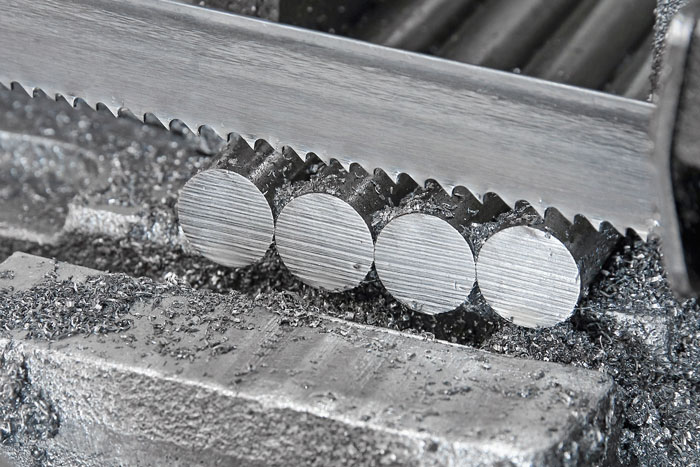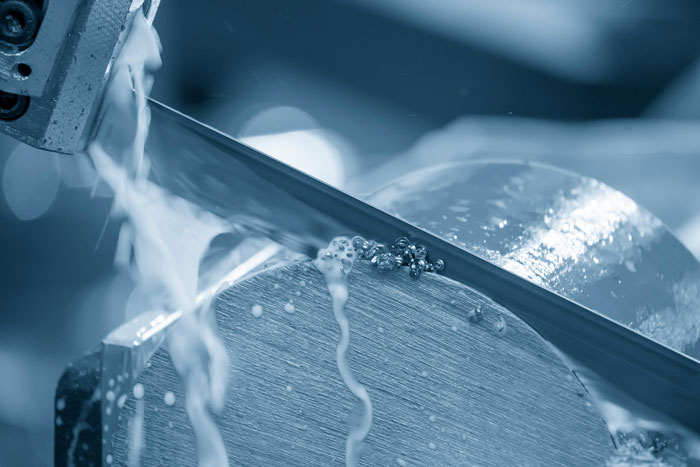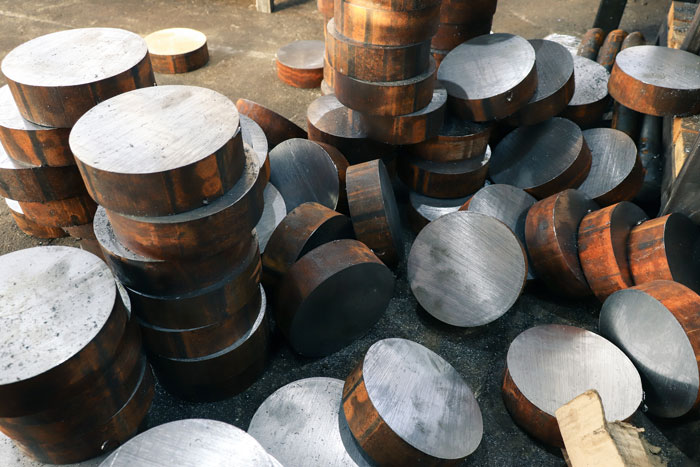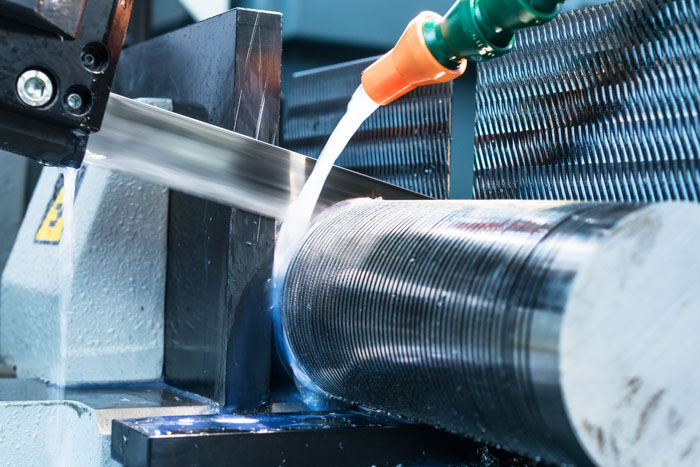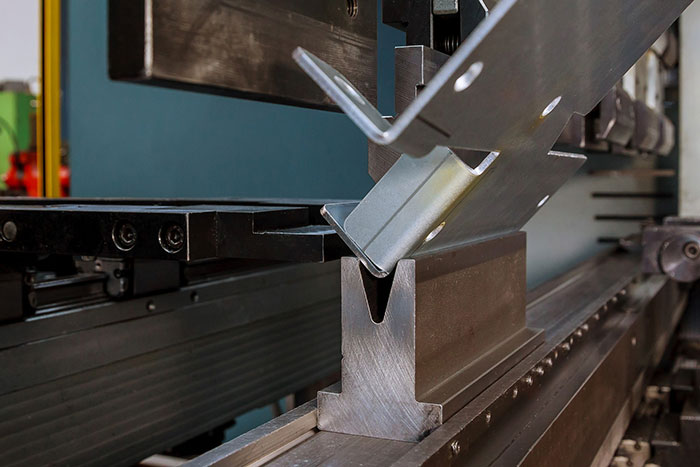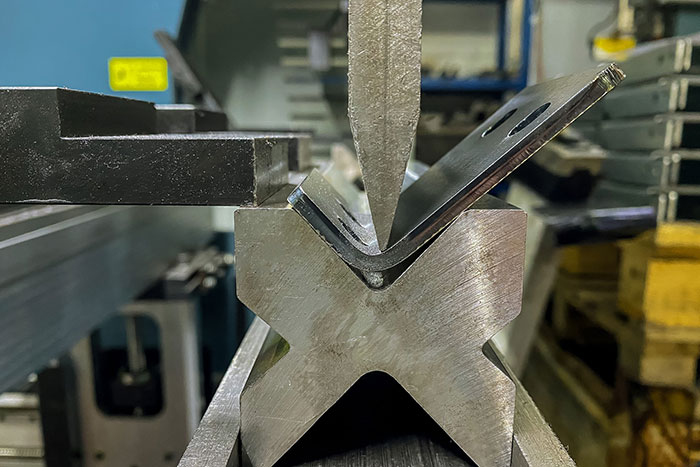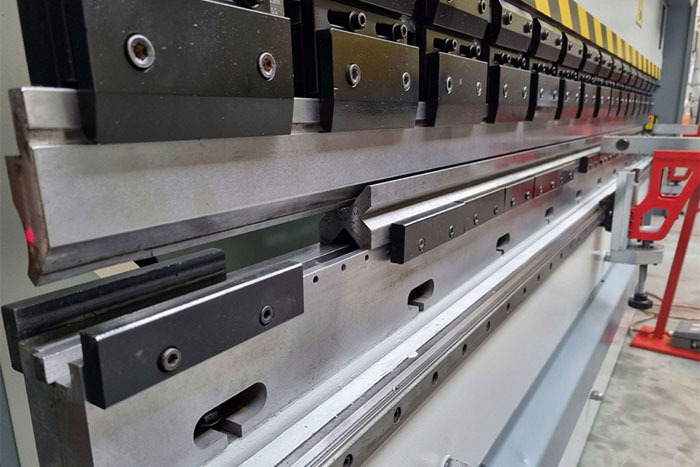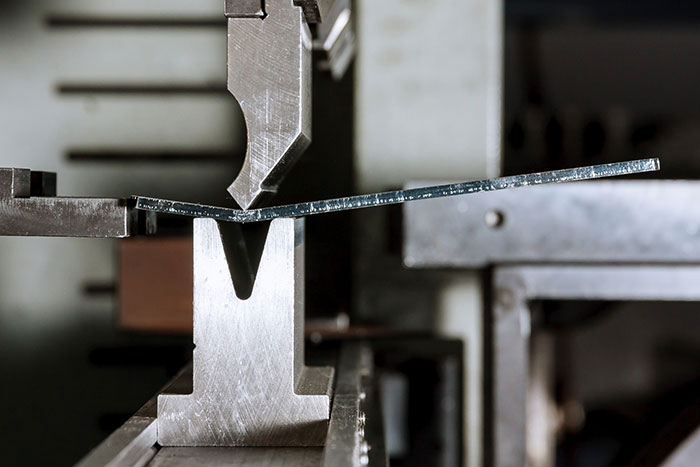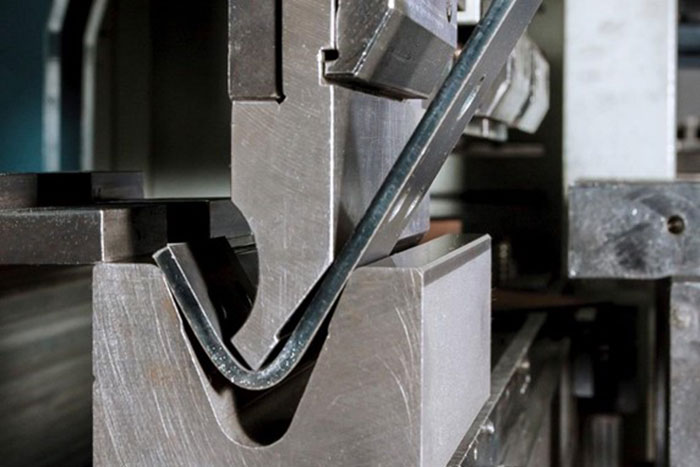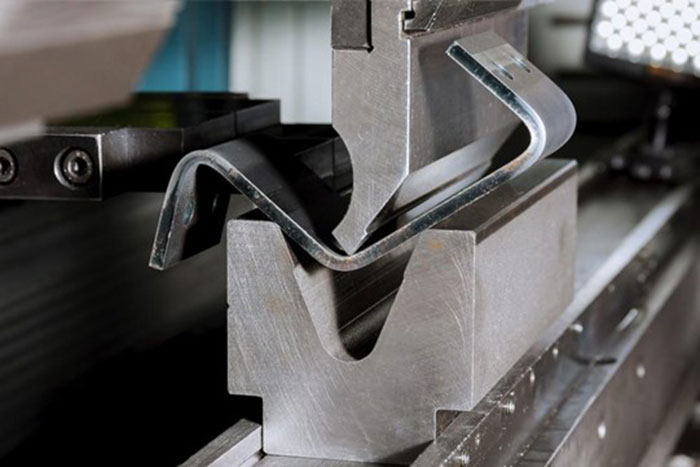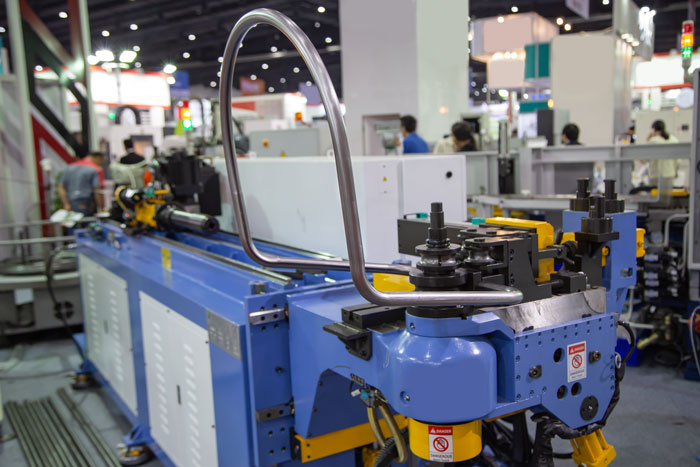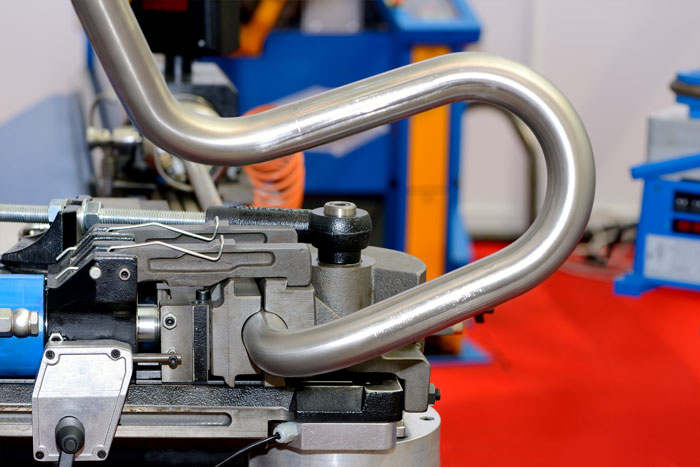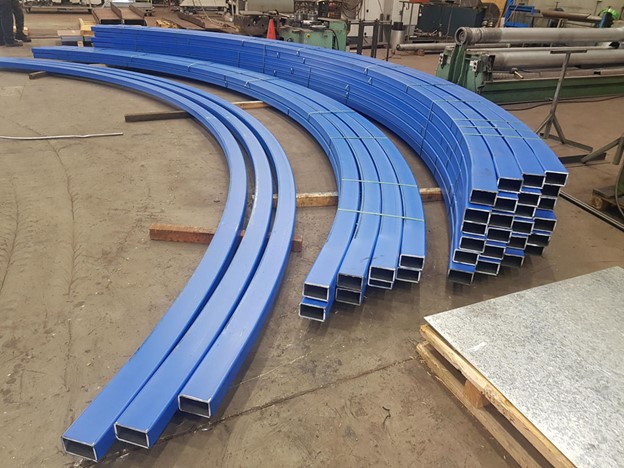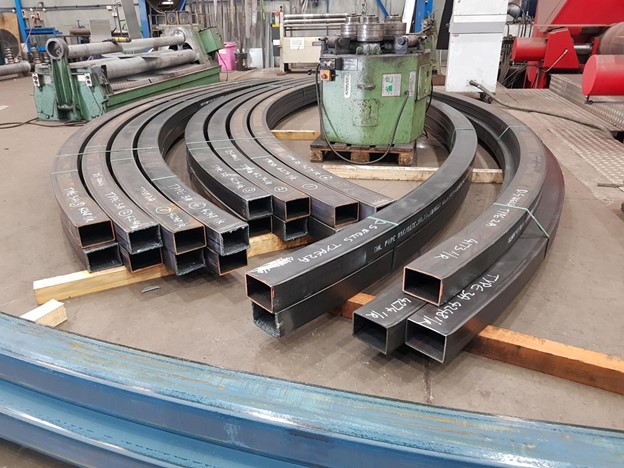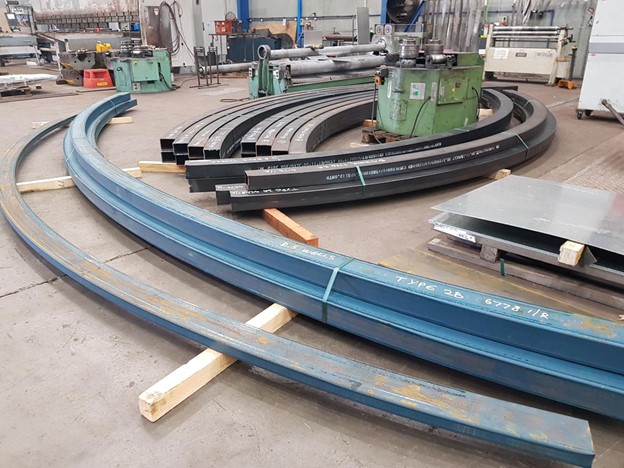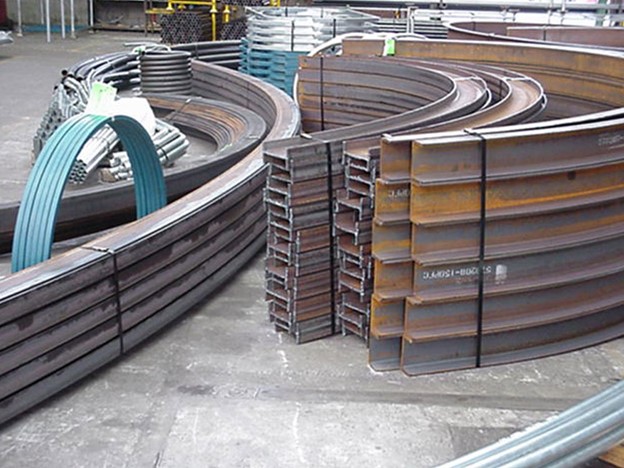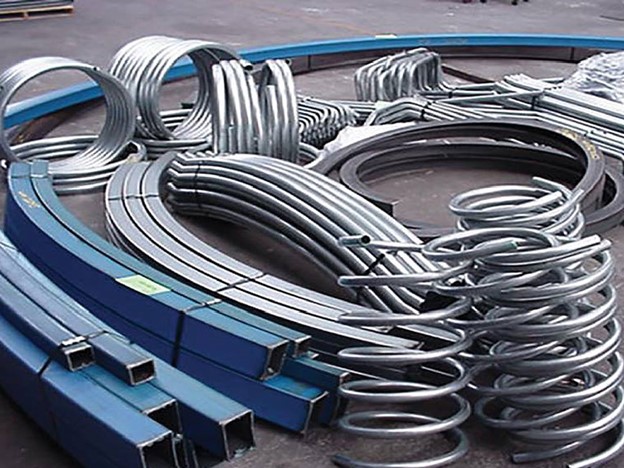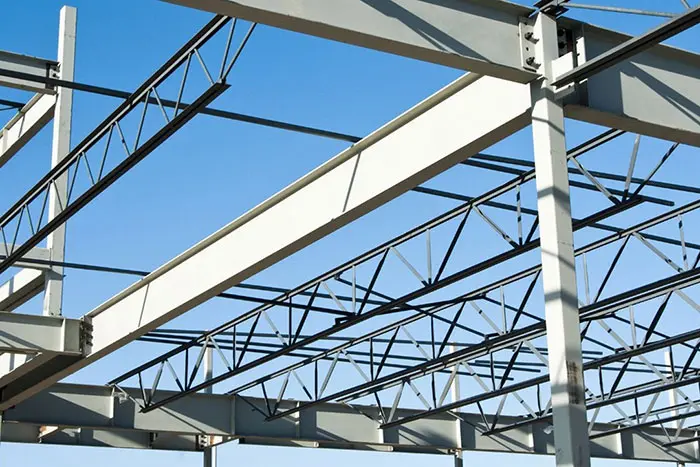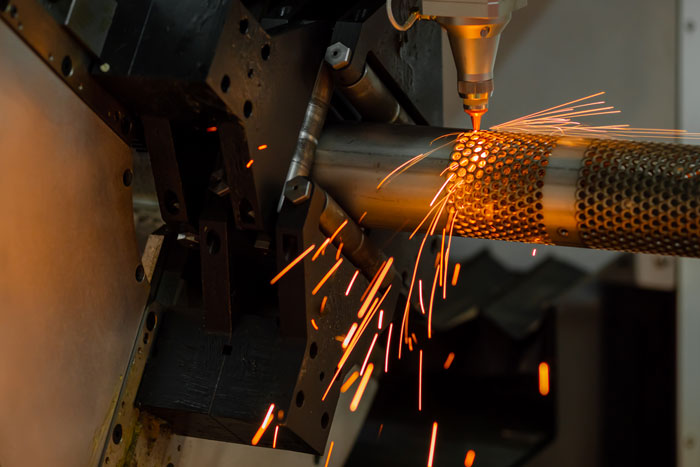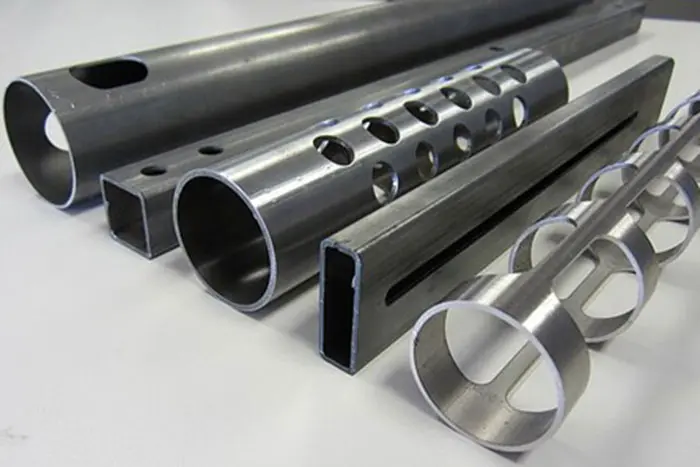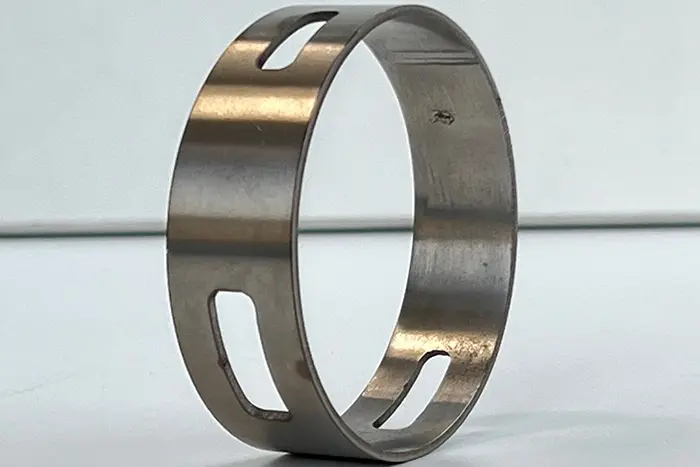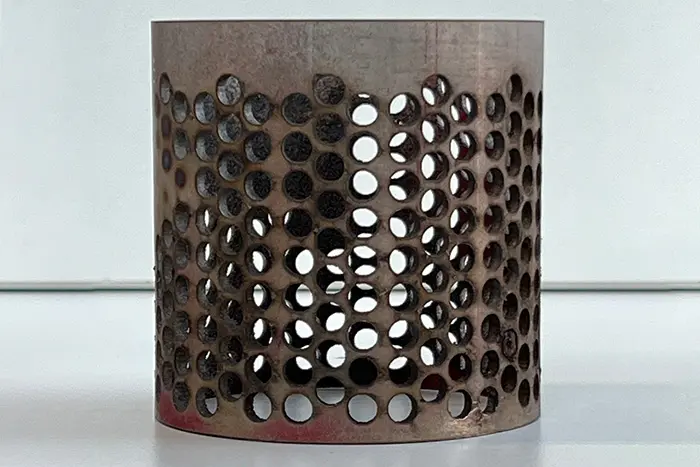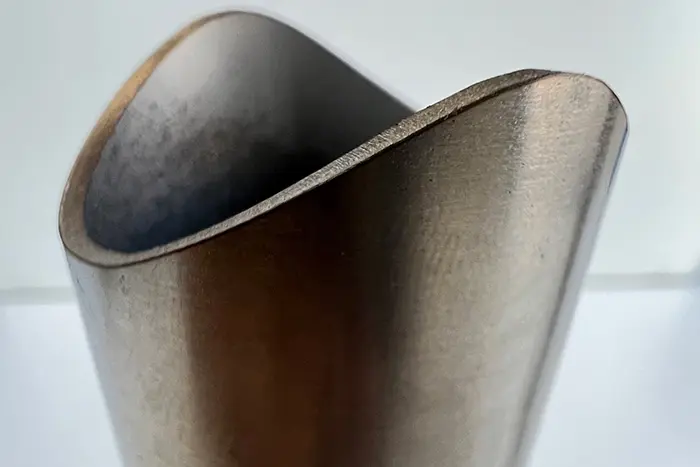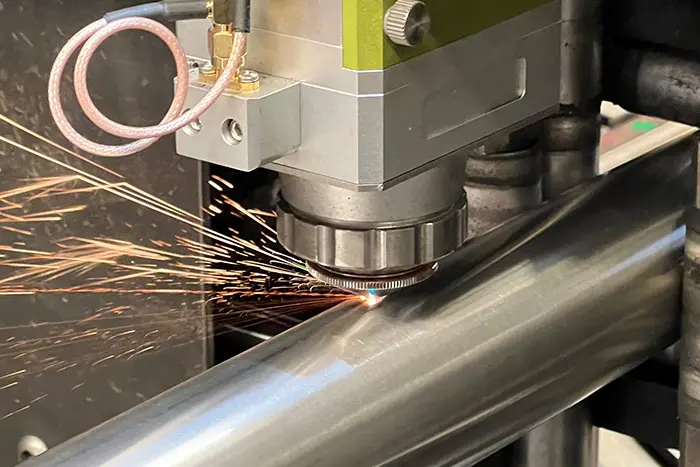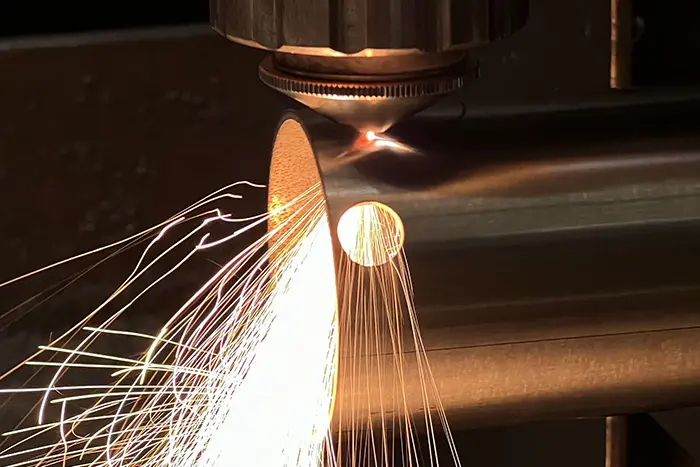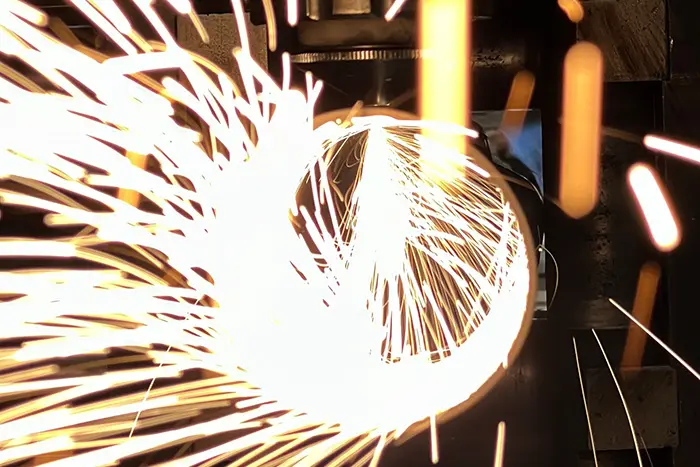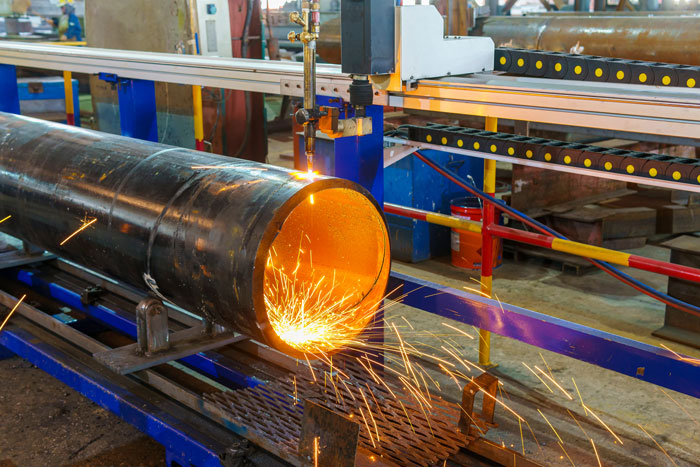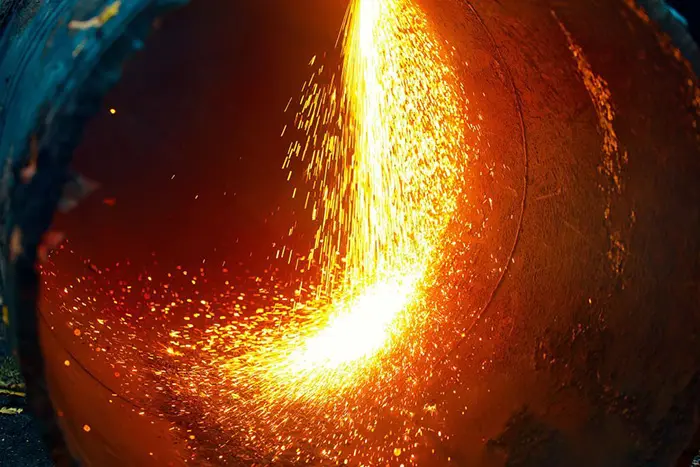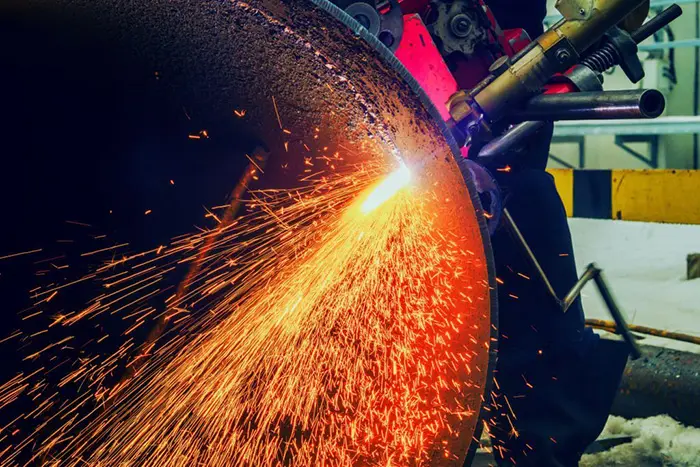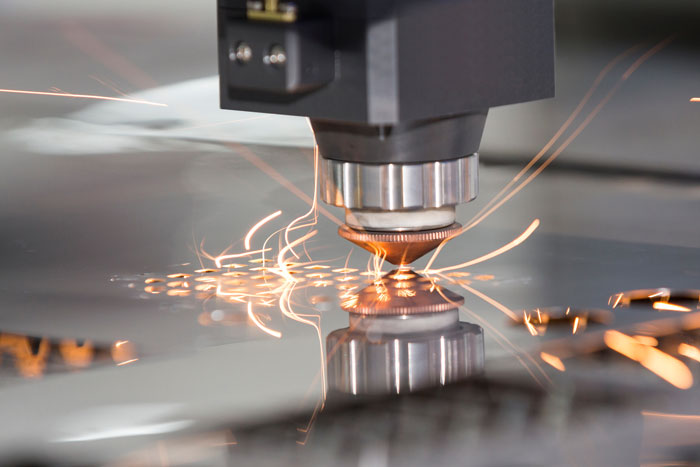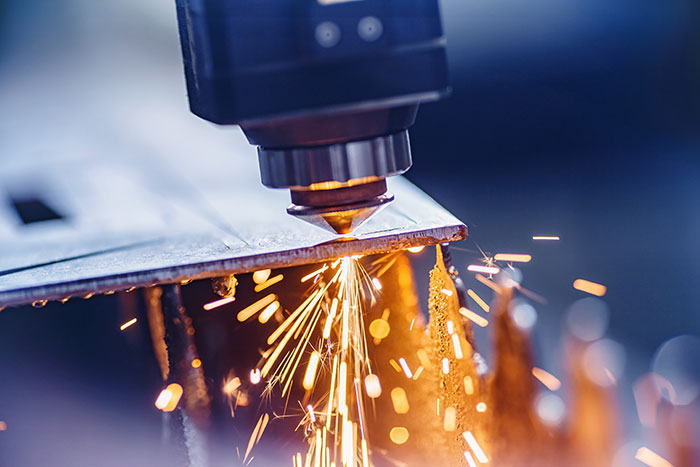The Role of Flat Laser Cutting Services in Construction and Architecture
In this article, we will delve into the applications of Flat Laser Cutting Services in the Construction and Architecture industries. From the fabrication of precise and intricate components for buildings to the design of unique architectural patterns and ornaments, this technology has brought about significant transformations in these sectors. Let’s explore how flat laser cutting services have revolutionized construction and architecture.
The Role of Flat Laser Cutting Services in Construction and Architecture
- Precision Fabrication for Building Components: Flat laser cutting services play a crucial role in fabricating precise and intricate components for construction projects. Architects and builders can rely on laser cutting technology to create complex designs, such as façade panels, decorative screens, and structural elements, with exceptional accuracy. Discuss how the precision offered by flat laser cutting enhances the quality and efficiency of construction processes.
- Custom Architectural Designs and Patterns: With Flat Laser Cutting Services in Construction and Architecture, architects and designers can push the boundaries of creativity and create unique architectural designs. Laser cutting allows for the production of intricate patterns, filigree work, and decorative motifs on various materials, including metal, wood, and acrylic. Highlight how laser cutting enables architects to transform their visions into reality, resulting in visually stunning and distinct architectural elements.
- Innovations in Architectural Ornamentation: Flat laser cutting has revolutionized architectural ornamentation, offering limitless possibilities for creating intricate and detailed decorative elements. Discuss how laser-cut architectural ornaments, such as grilles, fretwork, and latticework, can add depth, texture, and character to buildings. Explore how laser cutting technology enables architects to achieve intricate and elaborate designs that were once challenging to accomplish using traditional methods.
- Sustainable Construction Practices: Flat Laser Cutting Services in Construction and Architecture contribute to sustainable construction practices by minimizing material waste. Laser cutting allows for precise and efficient cutting, reducing the amount of excess material generated during the fabrication process. Explain how the precision and accuracy of laser cutting contribute to sustainable design and construction principles, leading to more environmentally friendly building practices.
- Integration with Digital Design: Flat laser cutting services seamlessly integrate with digital design technologies, such as computer-aided design (CAD) software. Architects and designers can create intricate designs digitally and directly transfer them to laser-cutting machines, ensuring accuracy and consistency. Discuss how the integration of flat laser cutting with digital design streamlines the design-to-production process, saving time and enhancing collaboration.
The Importance of Flat Laser Cutting Services in Construction and Architecture
Furthermore, Flat Laser Cutting Services in Construction and Architecture have also played a significant role in the renovation and restoration of historical buildings. Laser cutting allows for delicate and precise restoration work on intricate architectural details, such as decorative moldings, window frames, and ornate facades. The non-invasive nature of laser cutting ensures minimal damage to the original structure while maintaining historical authenticity.
In addition to architectural applications, flat laser cutting services have found use in interior design within the construction industry. Laser-cut partitions, screens, and decorative panels can add a touch of elegance and uniqueness to interior spaces, creating visual interest and enhancing the overall aesthetic appeal of buildings. Laser cutting also offers the flexibility to create customized designs that align with the specific design vision of architects and interior designers.
Moreover, the use of flat Laser Cutting Services in Construction and Architecture brings about efficiency and cost-effectiveness. Laser cutting machines can operate with high speed and precision, enabling faster production times and reducing labor costs. The elimination of manual cutting and shaping processes reduces human error and ensures consistency in the quality of fabricated components.
It is important to note that the integration of flat laser cutting services in the construction and architecture industries requires collaboration with experienced and reliable service providers. Working with professionals who understand the specific requirements of these industries ensures the successful implementation of laser cutting technology and the delivery of high-quality results.
Flat laser cutting services have brought significant advancements to the construction and architecture industries. The precision, versatility, and customizability offered by laser cutting technology enable architects and builders to create intricate designs, fabricate precise components, and enhance architectural ornamentation. By embracing flat laser cutting services, the construction and architecture sectors can achieve remarkable aesthetic and functional outcomes while embracing sustainable practices. The continuous evolution of laser-cutting technology promises even greater possibilities for innovation and creativity in the future of these industries.
Flat Laser Cutting Services
In conclusion, Flat Laser Cutting Services in Construction and Architecture have revolutionized the construction and architecture industries, enabling precision fabrication, intricate designs, sustainable practices, and efficient production processes. The versatility and customizability of laser cutting have opened up new possibilities for creative expression and architectural innovation. As technology continues to advance, it is exciting to envision the future possibilities that flat laser cutting services will bring to the construction and architecture sectors, further pushing the boundaries of design and construction excellence.

